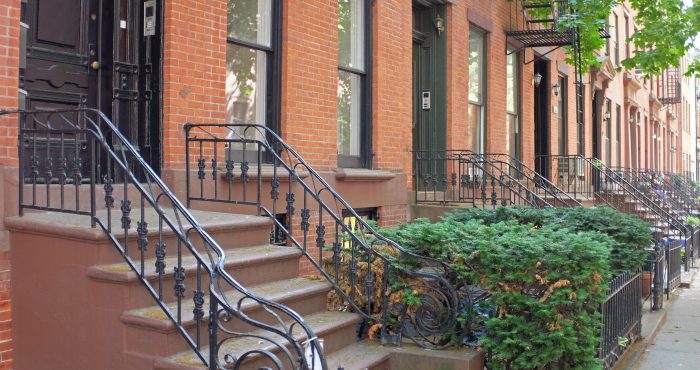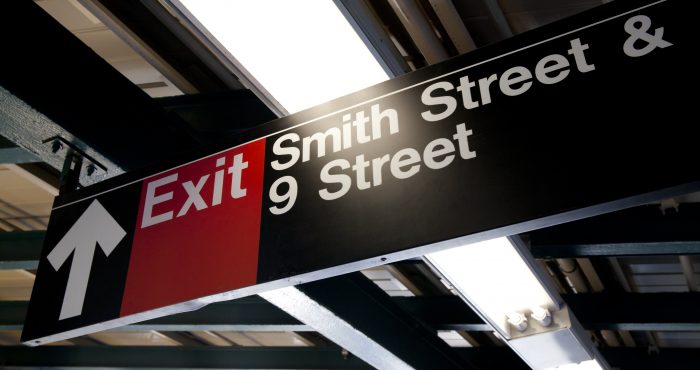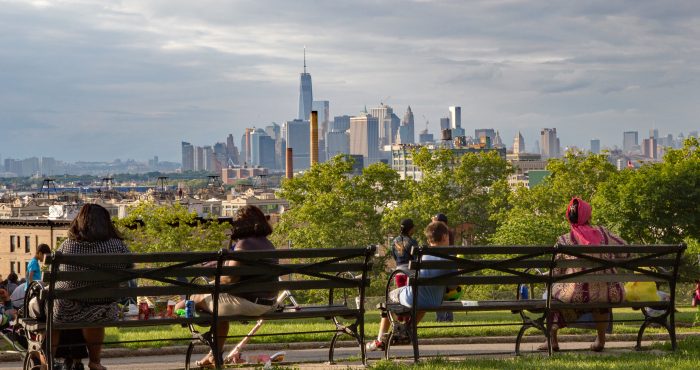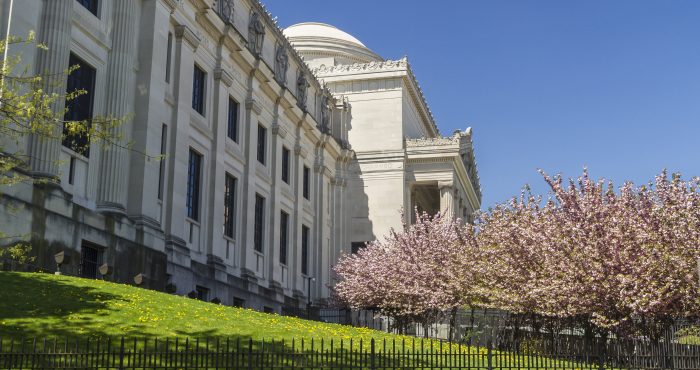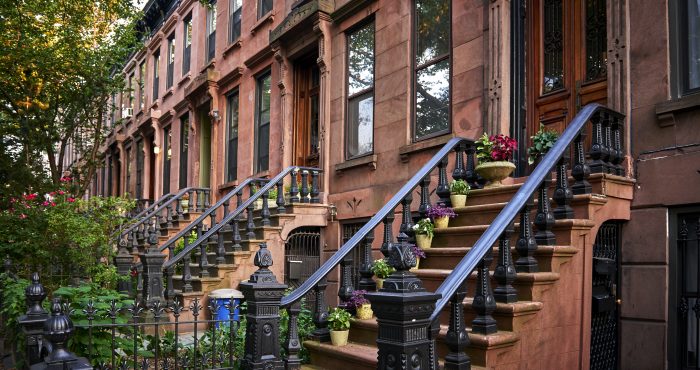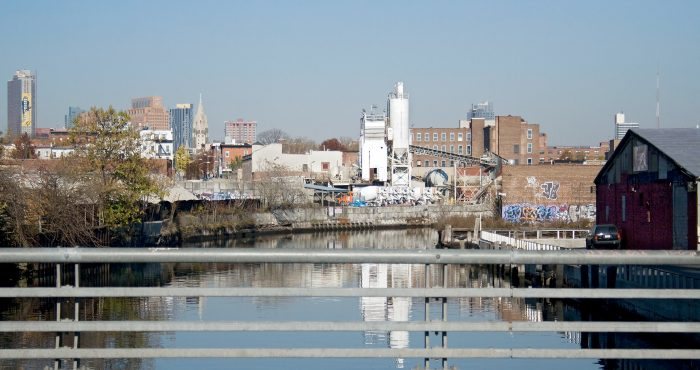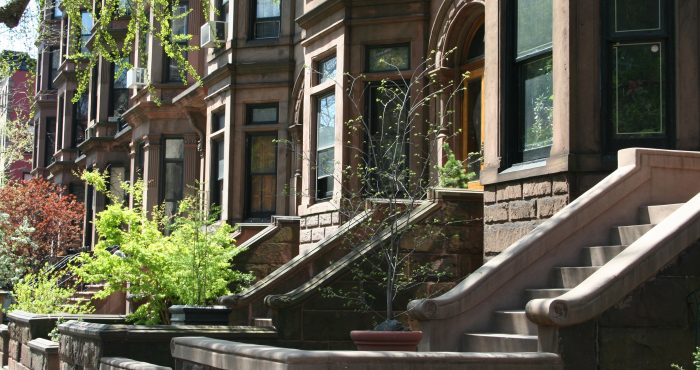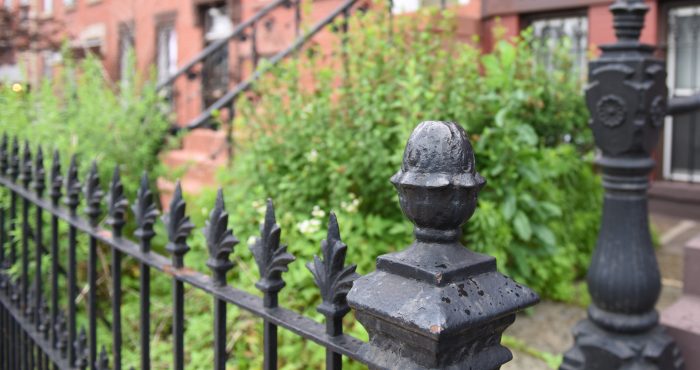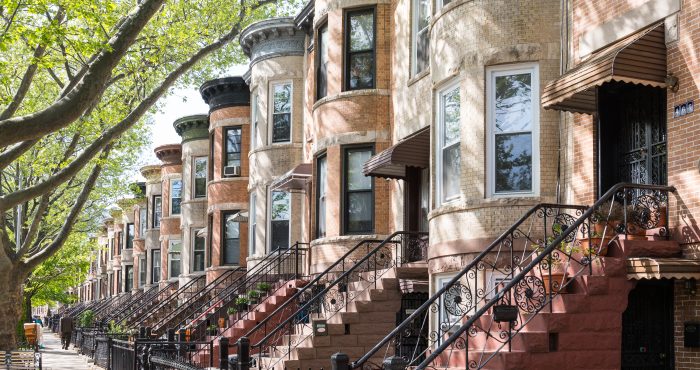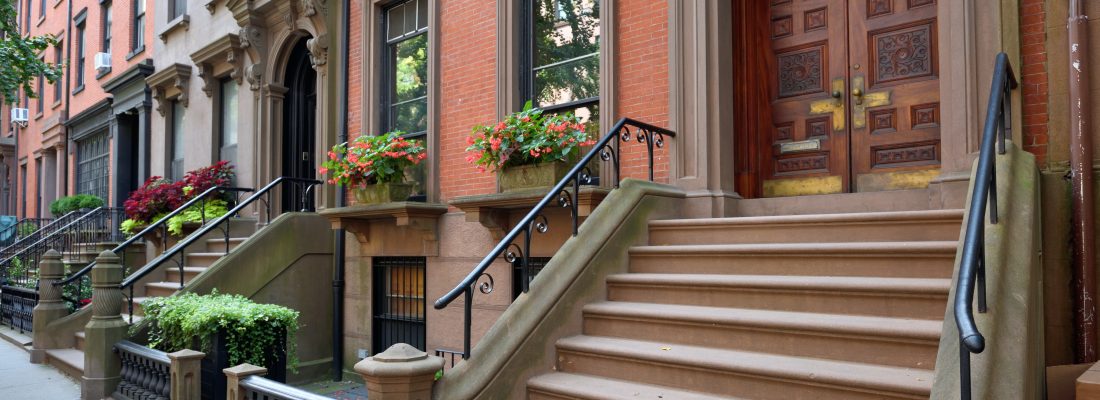
Brooklyn Heights Real Estate
Brooklyn Heights is an affluent residential neighborhood within the New York City borough of Brooklyn. Originally referred to as Brooklyn Village, it has been a prominent area of Brooklyn since 1834. The neighborhood is noted for its low-rise architecture and its many brownstone rowhouses, most of them built prior to the Civil War. It also has an abundance of notable churches and other religious institutions. Brooklyn’s first art gallery, the Brooklyn Arts Gallery, was opened in Brooklyn Heights in 1958. In 1965, a large part of Brooklyn Heights was protected from unchecked development by the creation of the Brooklyn Heights Historic District, the first such district in New York City. The district was added to the National Register of Historic Places in 1966.
Buying a Brooklyn Heights Home
If you are a Brooklyn Heights, Brooklyn, NY home buyer, our foremost goal is to provide you with exceptional customer service. Our goals are to help you purchase the right home, make sure you don’t miss out on any homes that meet your needs, and make sure you don’t pay too much for your next home. Please utilize our Brooklyn Heights, Brooklyn, NY real estate expertise to make your home search and buying experience as stress free and rewarding as possible.
Selling a Brooklyn Heights Home
If you considering selling your Brooklyn Heights, Brooklyn, NY home, we utilize the latest, cutting-edge, real estate marketing tools to expose your property to the widest range of potential buyers. We are here to get your house aggressively marketed to sell as quickly as possible and for the best price! Our goals are to help you get your Brooklyn Heights, Brooklyn, NY home sold, put you in the strongest negotiating position as possible, and to make it easier for you and reduce surprises.
About Brooklyn Heights
Directly across the East River from Manhattan and connected to it by subways and regular ferry service, Brooklyn Heights is also easily accessible from Downtown Brooklyn. The neighborhood stretches from Old Fulton Street near the Brooklyn Bridge south to Atlantic Avenue and from the Brooklyn-Queens Expressway to Court Street and Cadman Plaza West. Adjacent neighborhoods are Dumbo, Downtown Brooklyn, Cobble Hill, and Boerum Hill. Columbia Heights, an upscale six-block-long street next to the Brooklyn Heights Promenade, is sometimes considered to be its own neighborhood.
As of 2000, Brooklyn Heights had a population of 22,594 people. The neighborhood is part of Brooklyn Community Board 2, and is served by the 84th Precinct of the New York City Police Department at 301 Gold Street in nearby Downtown Brooklyn. Fire services from the Fire Department of New York City come from Engine Company 205 and Ladder Company 118 at 74 Middagh Street, Engine Company 207 and Ladder Company 110 at 172 Tillary Street, and Engine Company 224 at 274 Hicks Street.
Content Courtesy of Wikipedia.org

